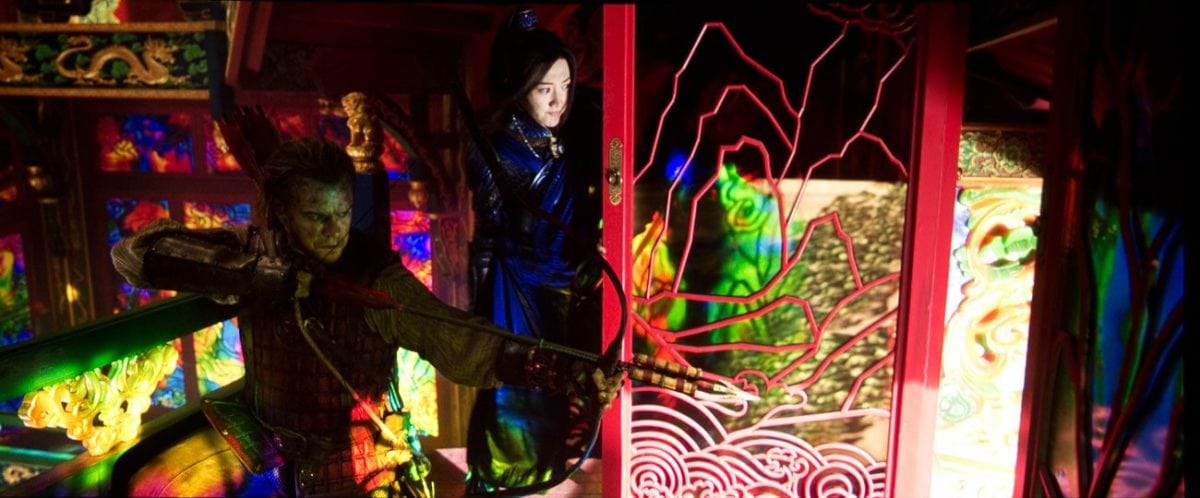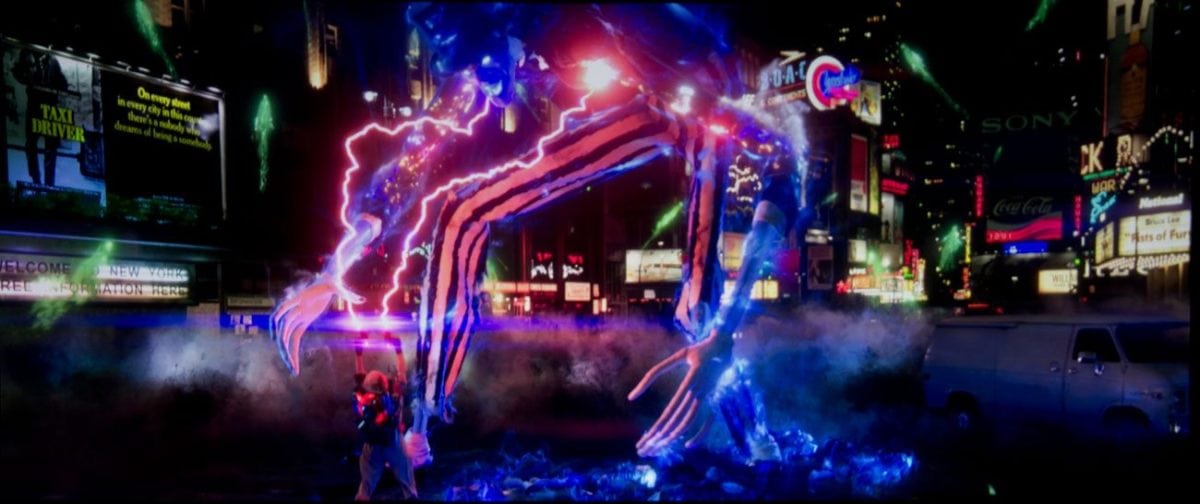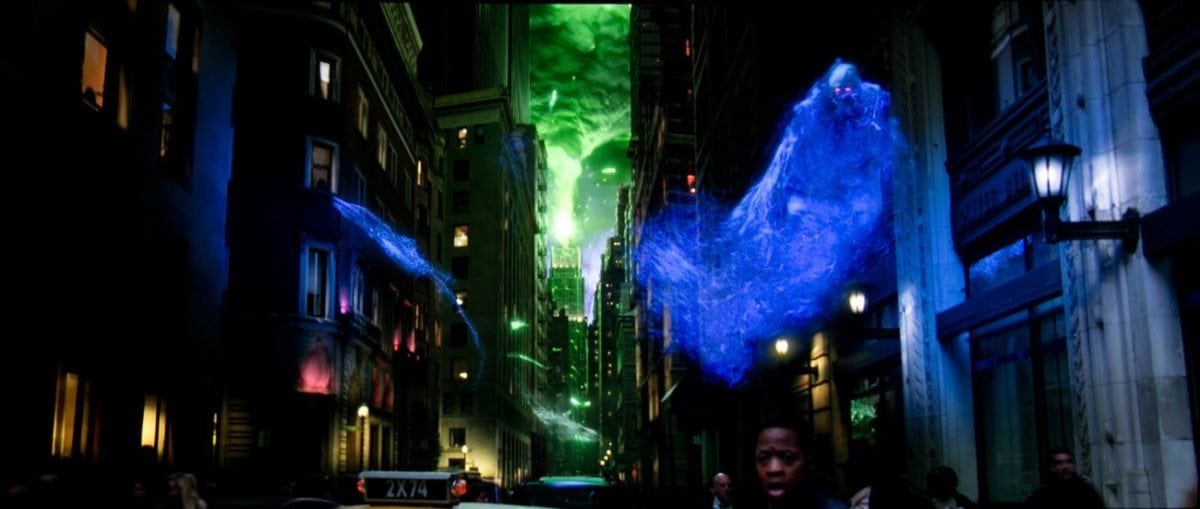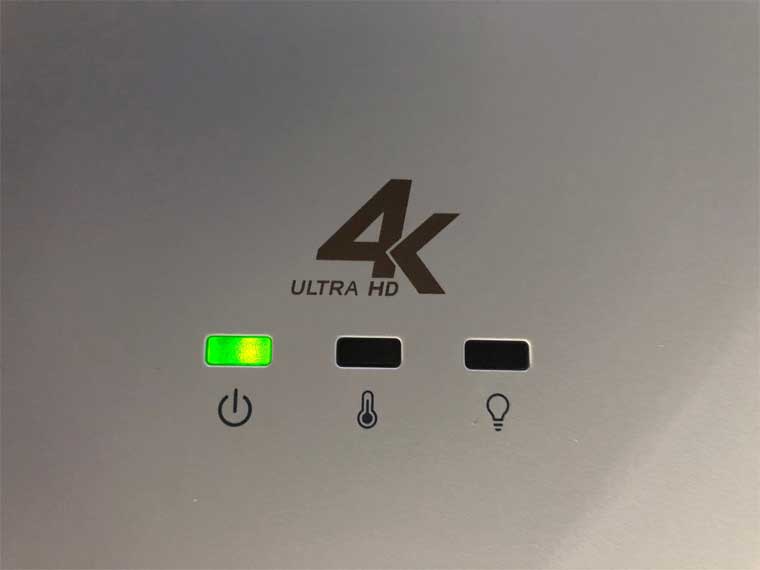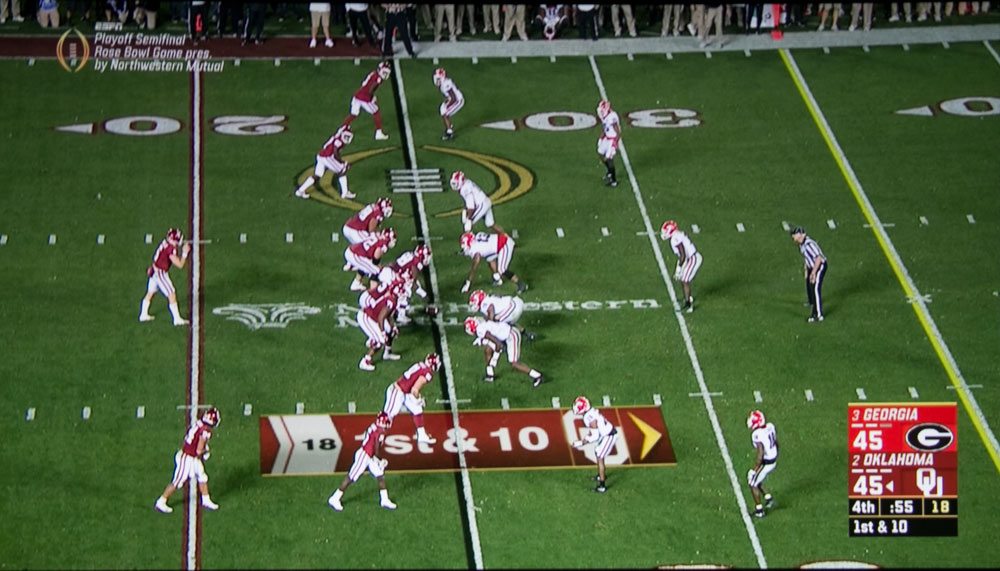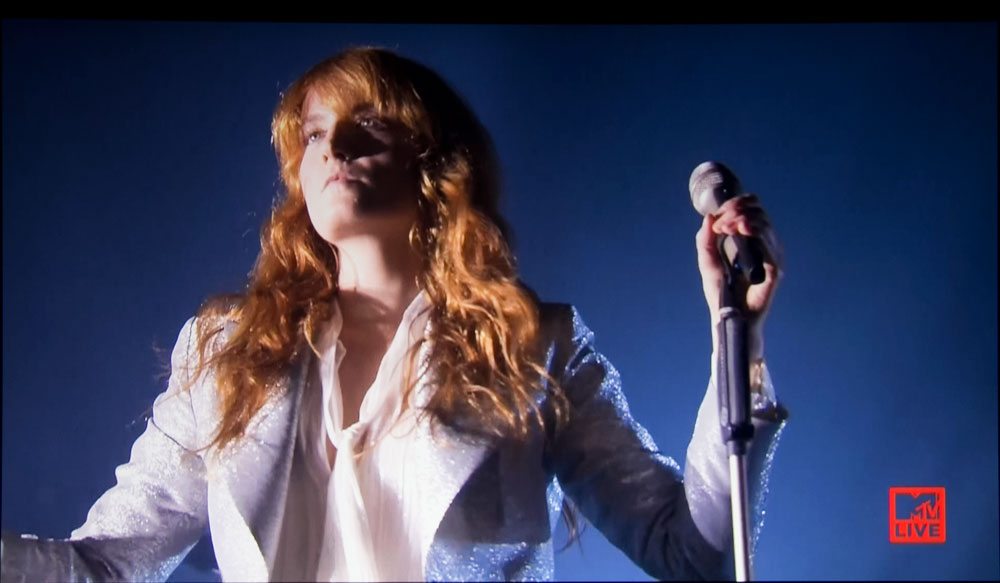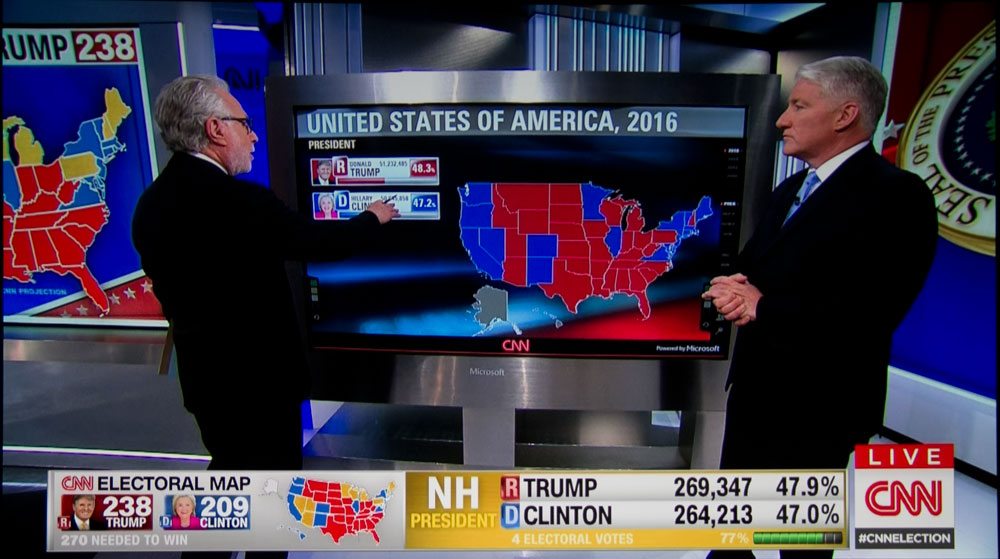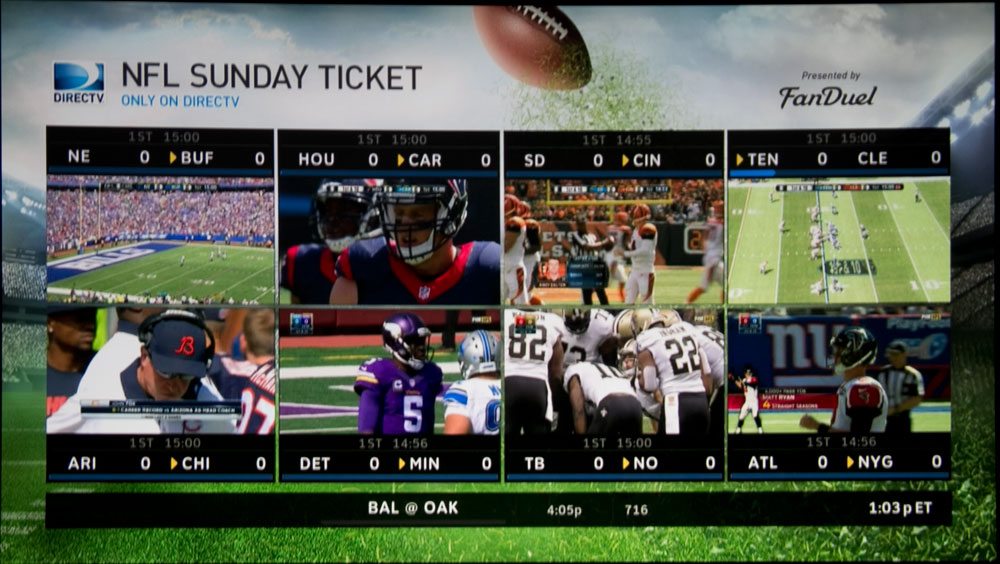With that said, let’s look at the HK2288 in terms of where it fits compared to 4K capable projectors in general. Here goes.
All the images in the player above are from 4K content on Blu-ray UHD disc.
The HK2288 is very sharp. Vivitek has done a nice implementation. We don’t measure optical performance, but the HK2288 avoids one pitfall that some competitors have to deal with: I saw no sign at all of defocusing as the projector warms up. It’s not a big thing unless a projector defocuses a lot, still, the Vivitek seems better than most, and that includes not just other 4K UHD DLPs but the 3LCD competition too. As the least expensive LCoS competition (1080px2) is twice the list price, I won’t spend more time on the JVC entries.
I said very sharp. It’s not going to be a sharp as other projectors using the same chip set, but with more expensive/superior optics – such as BenQ’s $8,999 HT9050. But, it will produce a sharper image than some other similarly priced DLPs and it is definitely natively sharper than the 3LCD models. Still, with today’s advanced processing, you might not recognize one as sharper than the other.
Color handling, of course is a key, and I’ll discuss that in the next section, but I also want to address something non-technical – which is warranty. I find that warranty and support can be a big help in making a choice, when other aspects provide less clarity. Update: Since originally announced, Vivitek increased the warranty, so our apologies for any confusion. The HK2288’s warranty is now 3 years parts and labor, better than most at this price point. By comparison, the $500 more expensive HK2299 comes with a 5-year warranty, which is an exceptional. 5 year warranties are rare. (The warranty difference, and the case color are two of the biggest differences, as well as the different dealer channels they sell through).
A few key things – already discussed – 2,000 lumens, no 3D (typical of the 4K UHD DLPs but a couple have it (3D) including the even less expensive, just announced BenQ HT2550 which is using the not quite as sharp 1920x1080x4 pixel shifting chip).
One annoying aspect that needs to be mentioned. The Vivitek is slower than most to lock onto signals. With HDMI 2.0 and HDCP copy protection needed for most 4K content, todays displays (not just projectors) are taking longer to lock onto these copy protected signals. Often it's 4-5 even maybe 7 seconds with many displays. This Vivitek though probably takes 2-3-4 more seconds to lock on, at times, than most other 4K capable projectors.


